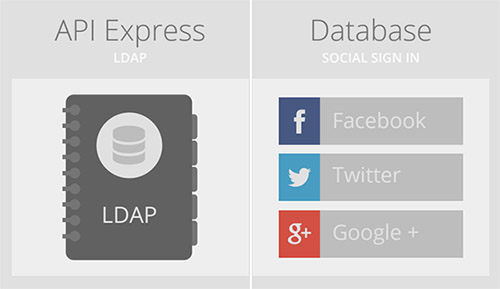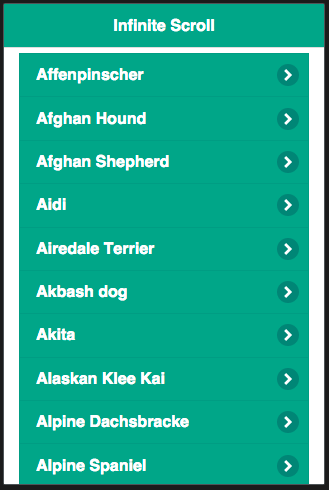Tip: Easily Add a Side Menu to Your AngularJS App
 If you are developing a mobile app, you’re likely to need some kind of a menu to easily show when needed and to hide otherwise for conserving screen space. There is a really cool native-like Ionic component to do this that is available out-of-the-box in Appery.io. Simply turn it on by toggling the
If you are developing a mobile app, you’re likely to need some kind of a menu to easily show when needed and to hide otherwise for conserving screen space. There is a really cool native-like Ionic component to do this that is available out-of-the-box in Appery.io. Simply turn it on by toggling the Is Enabled option and adjust for your needs. Then, in the app, swipe the content left or right to open this side menu.




